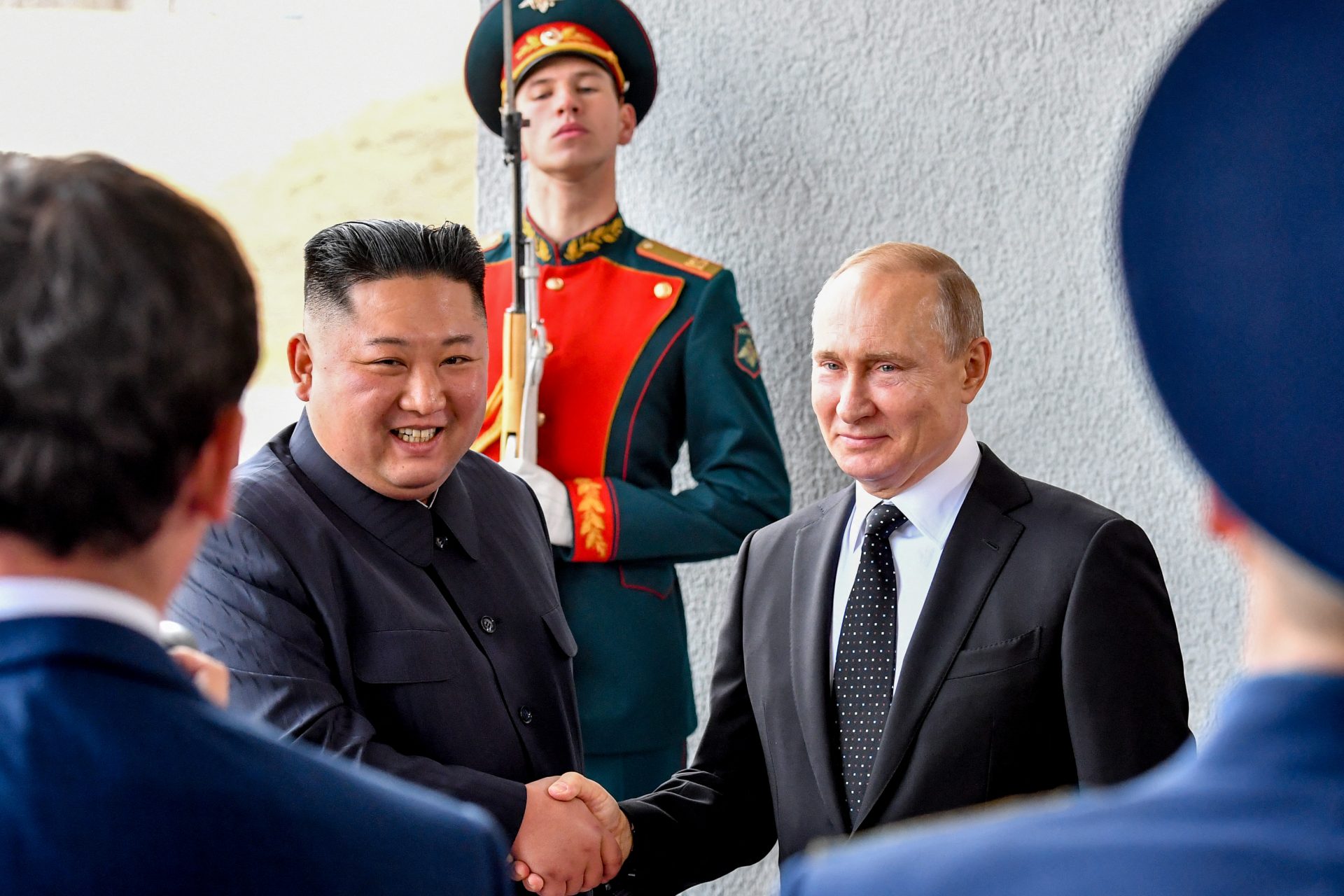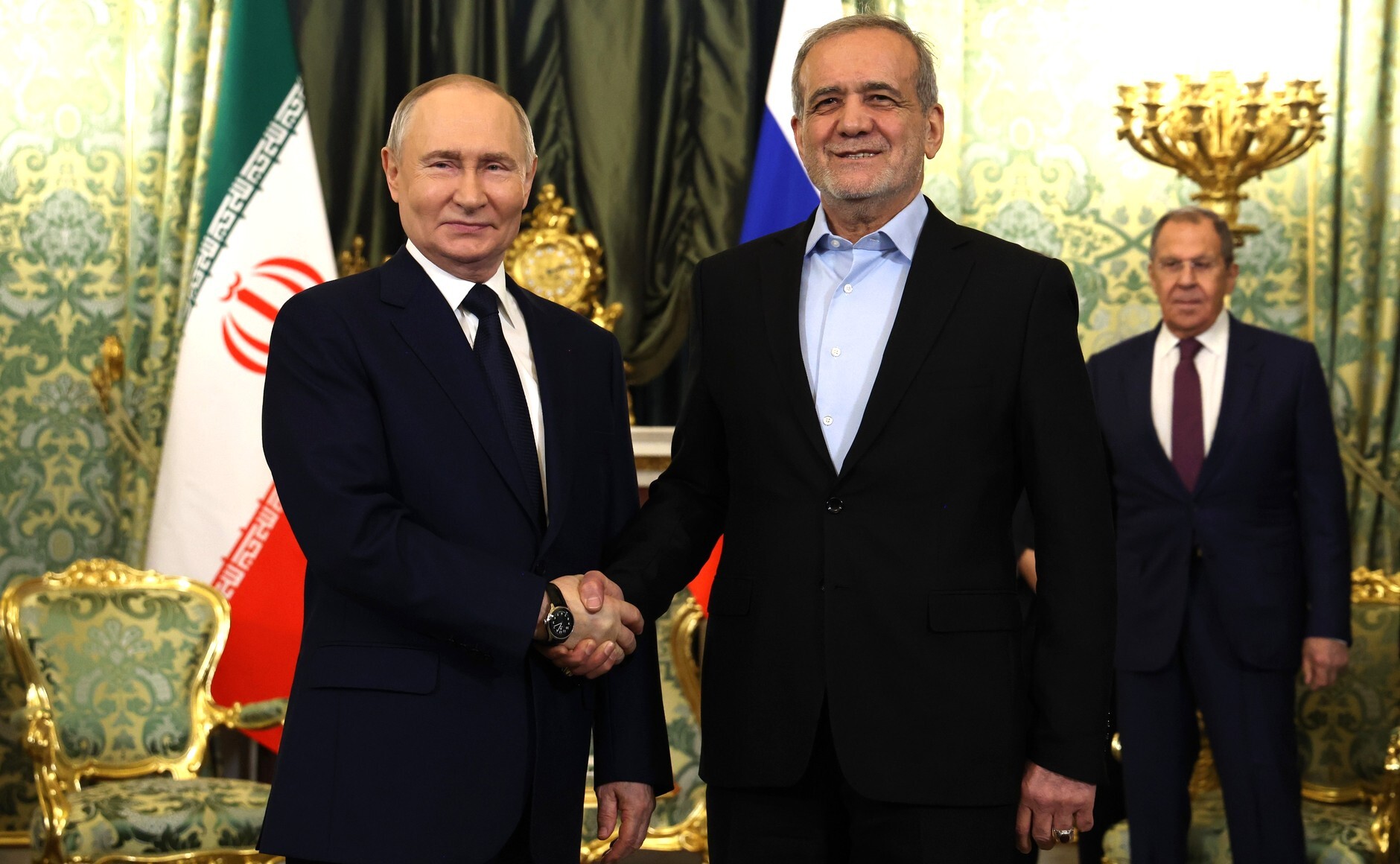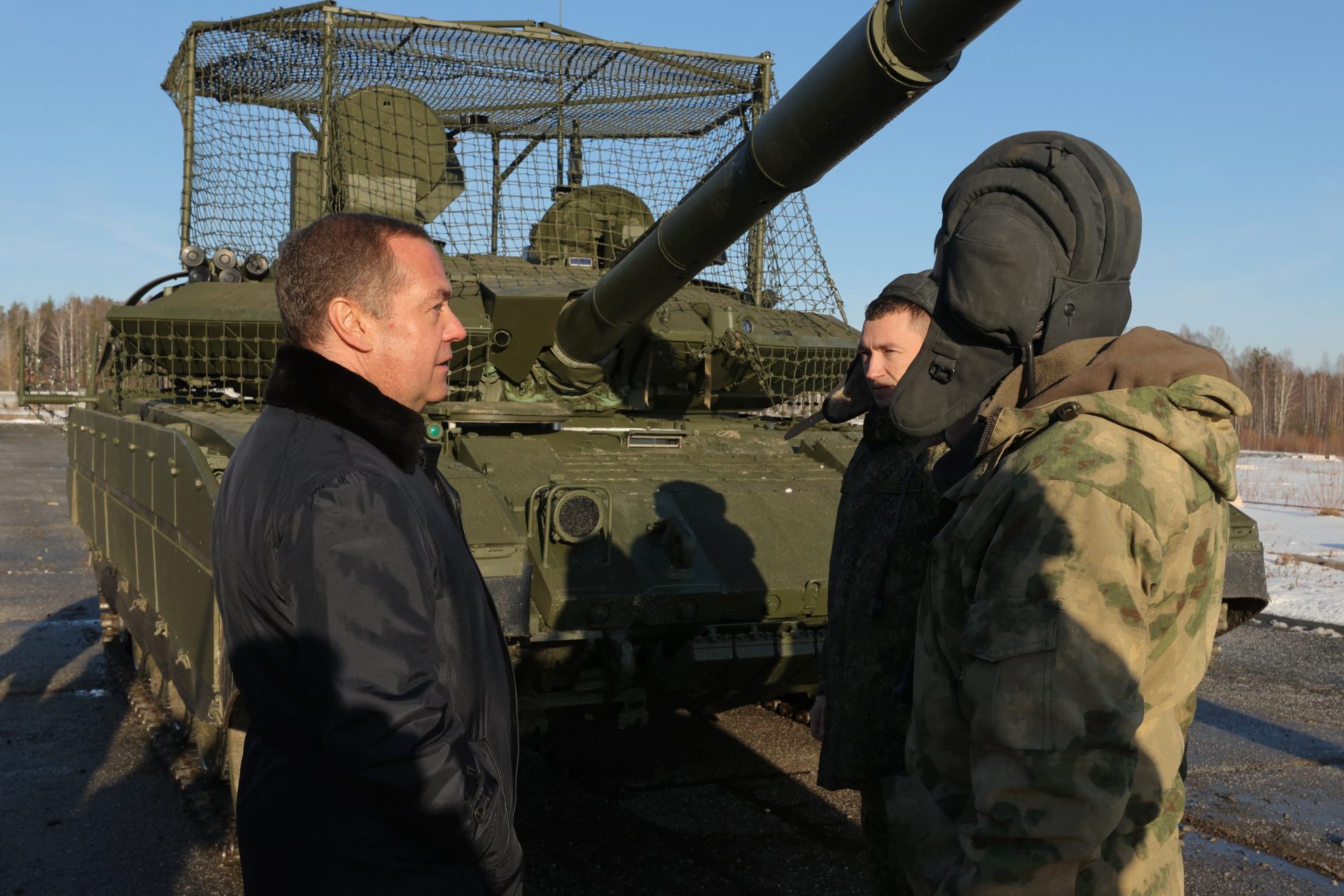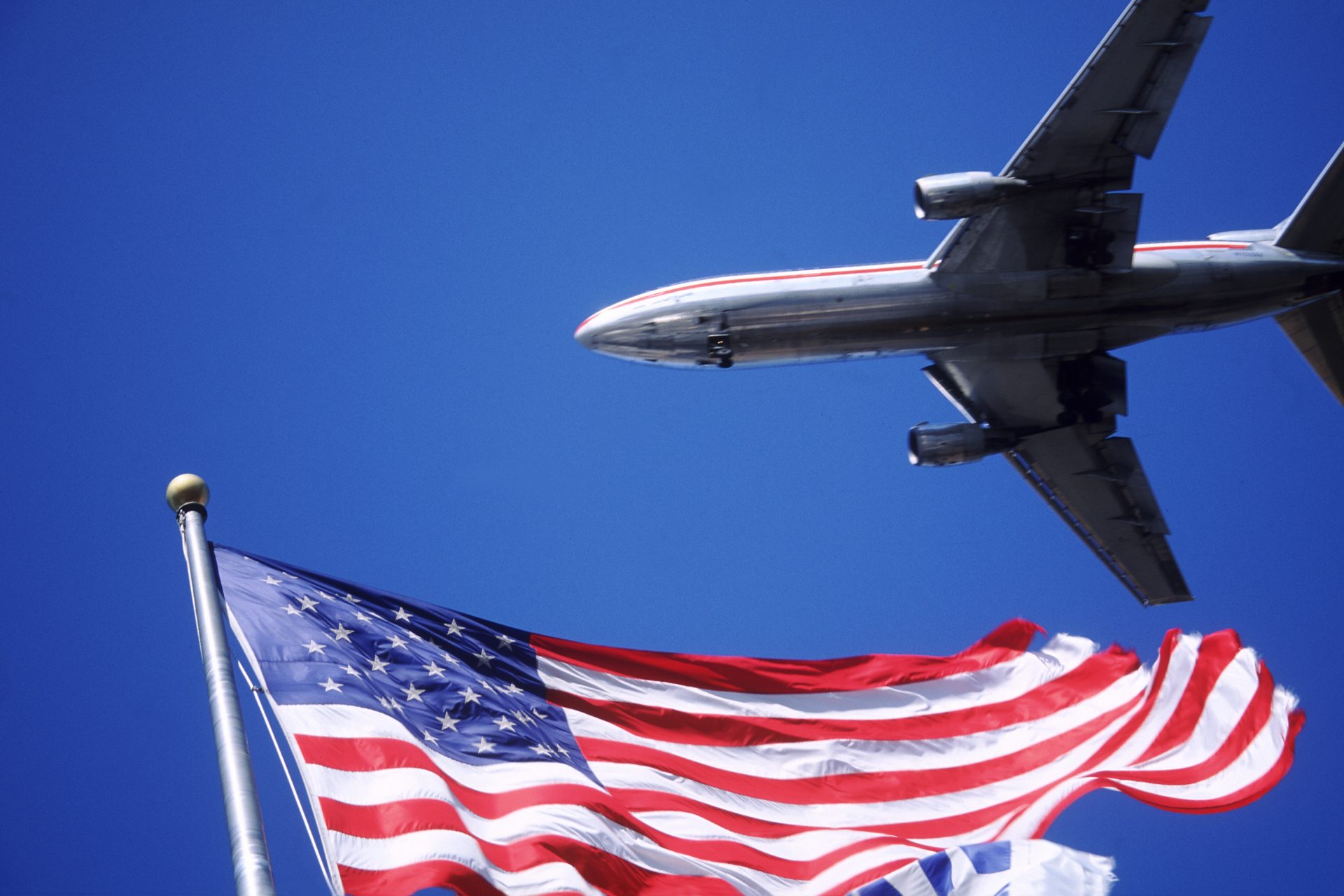A series of disclosed emails reveal details of Trump’s ‘fake electors plan’
Previously undisclosed emails provide an inside look at the increasingly desperate efforts by advisers to President Donald Trump to reverse his election defeat in the weeks before the Capitol attack.
The dozens of emails among people connected to the Trump campaign, show a particular focus on assembling lists of people who would claim, with no basis, to be electors on his behalf in states that he had lost.
In emails reviewed by The New York Times and authenticated by people who had worked with the Trump campaign at the time, according to the newspaper, one lawyer involved in the detailed discussions repeatedly used the word “fake” to refer to the so-called electors.
The so-called electors were intended to provide Vice President Mike Pence and Trump’s allies in Congress a rationale for derailing the congressional process of certifying the outcome.
“We would just be sending in ‘fake’ electoral votes to Pence so that ‘someone’ in Congress can make an objection when they start counting votes, and start arguing that the ‘fake’ votes should be counted,” Jack Wilenchik, a lawyer who helped organize the pro-Trump electors in Arizona, wrote in a Dec. 8, 2020, email to Boris Epshteyn, a strategic adviser for the Trump campaign.
In a follow-up email, Wilenchik wrote that “alternative” votes was probably a better term than “fake” votes, adding a smiley face emoji.
Image: Wu Yi/Unsplash
One email showed that many of Trump’s top advisers were informed of problems naming Trump electors in Michigan (a state he had lost) because pandemic rules had closed the state Capitol building where the so-called electors had to gather.
The emails show that participants in the discussions reported details of their activities to Rudolph W. Giuliani, Trump’s personal lawyer, and in at least one case, to Mark Meadows, the White House chief of staff.
According to the House committee investigating Jan. 6, Mark Meadows emailed another campaign adviser saying, “We just need to have someone coordinating the electors for states.”
Many of the emails went to Boris Epshteyn, who was acting as a coordinator for people inside and outside the Trump campaign and the White House, and who remains a close aide of Trump’s.
Epshteyn, the emails show, was a regular point of contact for John Eastman, the lawyer whose plan for derailing congressional certification of the Electoral College result was embraced by Trump.
Epshteyn not only fielded and passed along the detailed proposal for Jan. 6 prepared by Eastman to Giuliani, he also handled questions about how to pay Eastman and made the arrangements for him to visit the White House on Jan. 4, 2021, the emails show.
That was the day of the Oval Office meeting in which Trump and Eastman unsuccessfully pressured Mike Pence to adopt the plan: an exchange witnessed by Pence’s two top aides, Marc Short and Greg Jacob, both of whom testified last week to the federal grand jury investigating the assault on the Capitol.
The emails were apparently not shared with lawyers in the White House Counsel’s Office, who advised that the fake electors plan was not legally sound, or other lawyers on the campaign.
On Dec. 8, 2020, Wilenchik wrote that Kelli Ward (pictured), one of the Republicans in Arizona participating in the fake electors plan, recommended trying “to keep it under wraps until Congress counts the vote Jan. 6th (so we can try to ‘surprise’ the Dems and media with it). I tend to agree with her,” he added.
The committee investigating the Jan. 6 attack on the Capitol has produced evidence that Trump was aware of the fake electors plan.
Ronna McDaniel, the chairwoman of the Republican National Committee, said in a deposition to the panel that Trump had called her and put Eastman on the phone “to talk about the importance of the R.N.C. helping the campaign gather these contingent electors.”
The panel has also heard testimony from Greg Jacob, who was Pence’s counsel in the White House, that Eastman admitted in the Jan. 4 Oval Office meeting, with Trump present, that his plan to have Pence obstruct the electoral certification violated the Electoral Count Act.
As they organized the fake elector scheme, lawyers appointed a “point person” in seven states to help organize those electors who were willing to sign their names to false documents.
In Pennsylvania, that point person was Douglas V. Mastriano, a proponent of Trump’s lies of a stolen election who is now the Republican nominee for governor.
But even Mastriano needed assurance to go along with a plan other Republicans were telling him was “illegal,” according to a Dec. 12 email sent by a lawyer who also referred to Giuliani, then mayor of New York City.
“Mastriano needs a call from the mayor. This needs to be done. Talk to him about legalities of what they are doing,” she wrote, adding: “Electors want to be reassured that the process is *legal* essential for greater strategy.”
By December, it was clear no authorities would agree to go along with the plan, so the Trump lawyers set their sights on pressuring Mike Pence, who was scheduled to preside over a joint session of Congress on Jan. 6.
On Dec. 7, Jim Troupis, who worked for the Trump campaign in Wisconsin, wrote to Epshteyn that there was no need for the legislators to act, saying they only needed to “create a reason for Pence to block or delay congressional certification of the Electoral College results on Jan. 6”.
“The second slate just shows up at noon on Monday and votes and then transmits the results,” Troupis wrote of organizing Republican slates of electors to cast ballots for Trump on Dec. 14.“It is up to Pence on Jan 6 to open them,” he noted.
“Our strategy is for the electors to meet and vote so that an interim decision by a Court to certify Trump the winner can be executed (…) The key nationally would be for all six states to do it so the election remains in doubt until January,” Troupis added.
The emails also demonstrated the legal team had relied on false information to point to broad claims of election fraud, according to The New York Times.
On Dec. 17, Epshteyn wrote to Giuliani that a document on election fraud created by Trump’s trade adviser, Peter Navarro, (which has been discredited by state officials and courts), appeared to be “the most comprehensive summary of voter fraud from this election season.”
The lawyers were aware their legal efforts were being ridiculed. On Dec. 23, one of them wrote: “You folks are getting killed in the media on litigation strategy, even on Fox and among conservatives.”
But they weren’t discouraged. On Christmas Eve, Eastman sent Epshteyn an email that he had received in which a woman implored him to ask Trump “to put out what he would like his 74 million followers to do to help.” She added: “We need to be one voice, with laser focus, SPEAKING AS 74 MILLION STRONG.”
In his email to Epshteyn, Eastman added: “Thought I’d forward this. 74 Million strong. Let’s figure out a targeted way to deploy them. Rolling thunder? One legislature at a time? The others can see it coming.”
Days earlier, Trump had told his supporters to descend on Washington on Jan. 6 for a “protest” that he promised would be “wild.”
More for you
Top Stories













































